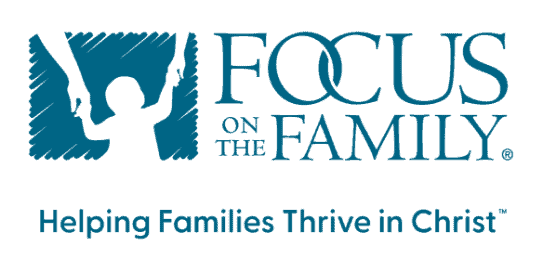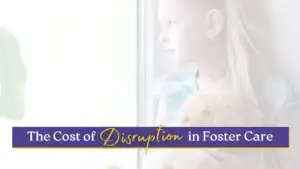Several years ago, while training our trauma curriculum in Armenia, I described two principles:
- Abuse happens in the context of an interpersonal relationship
- Healing only happens in the context of a healthy, stable interpersonal relationship.
Pastor Raphael, a local minister, raised his hand, stood up, and asked if he could share a story. I invited him to the front of the room.
There was a young man in our village who had no family or adult support of any kind, he began. Arthur’s life, as a 16-year-old, was out of control. He created havoc throughout the village. He stole from homes and vandalized stores.
Whenever caught by the police, they jailed him and proceeded to beat him. Nothing worked to change him. One afternoon, one of the policemen suggested that they bring the boy to me, thinking I might know what to do. They called, and I said, come ahead.
They ushered the boy into my office. I did four things that I now understand, after being in this training, why they worked. I got up from my desk and walked over to him. Looked him in the eye, smiled at him, and nodded. He was expecting something different, I guess. I saw him relax. He looked at me and gave me half a smile. That half-smile was the beginning of a relationship that lasted for years.
Presence Matters
What happened in that office that day would see in time the end of the boy’s old life and the beginning of something new. What made the difference? The presence of a safe, consistent adult in this boy’s life. Arthur felt the pastor’s calm, peaceful presence.
What Pastor Raphael did not know at the time was he was validating research done by the Center on the Developing Child at Harvard University. They found, “Every child who winds up doing well has had at least one stable, committed relationship with a supportive adult.”
Something We All Can Do
Pastor Raphael did four simple things but powerful enough to penetrate the hardened heart of a wounded child.
- He stood up from behind his desk and walked toward him. I want to connect with you.
- He looked him in the eye. I see you.
- He smiled. I approve of you.
- He nodded his head. You are welcome in my world.
These four small gestures opened the door enabling an aging pastor and a young boy to develop a healthy, healing relationship that would accomplish what nothing else could do. These actions have a powerful biblical parallel in that Jesus starts his redemptive work in each of us by first entering into a relationship with us personally and then walks alongside us in connection.
What Else Can Our Presence Do?
Pastor Raphael also did not know that day that he was mirroring the key principles that are based in research. When these are the foundation of our relationship with a child, these life-giving principles can lead to healing the brokenness of a wounded child. In his work, Dr. Daniel Siegal highlights some crucial things that our healthy presence can do.
- Our presence can create an environment of felt safety, which is the bedrock foundation for everything. We pay attention to our words, our actions as it relates to the things around us.
- Our presence helps our children feel seen – really seen. It means that we connect with them, that we show up with our emotional and mental presence – hearing them and responding to them.
- Finally, presence shows our children they are secure in their relationship with us. That security not only rests in our relationship with them but how we are modeling all of these – safety, being seen and a soothing calming presence.
I believe in those moments, Arthur experienced the first two by this pastor’s presence. Over time, he would experience the third.
A Final Fact: Fascinating Biblical Truth Validated in Science
Something else was going on within Arthur when Pastor Raphael stood, looked directly at him, smiled, and nodded. These four gestures activated the boy’s vagus nerve in a positive way. What is the vagus nerve?
The vagus nerve is a very long nerve starting in the neck and connects to most of the major organs in the body and responds to positive or negative external stimuli. That stimulus involves negative or positive facial expressions, voice tones, etc. A smile or a frown is a potent stimulus.
Scriptures valid this scientific fact.
A cheerful look brings joy to the heart;
good news makes for good health. Psalm 15:30 (NLT)
Little did Pastor Raphael realize that such simple gestures, such as eye contact, smiling, and a nod would be so life-changing. We all carry those same tools with us everyday.
(NOTE: You can learn more about the vagus nerve on the following YouTube video: The Secret of the Vagus Nerve)
















